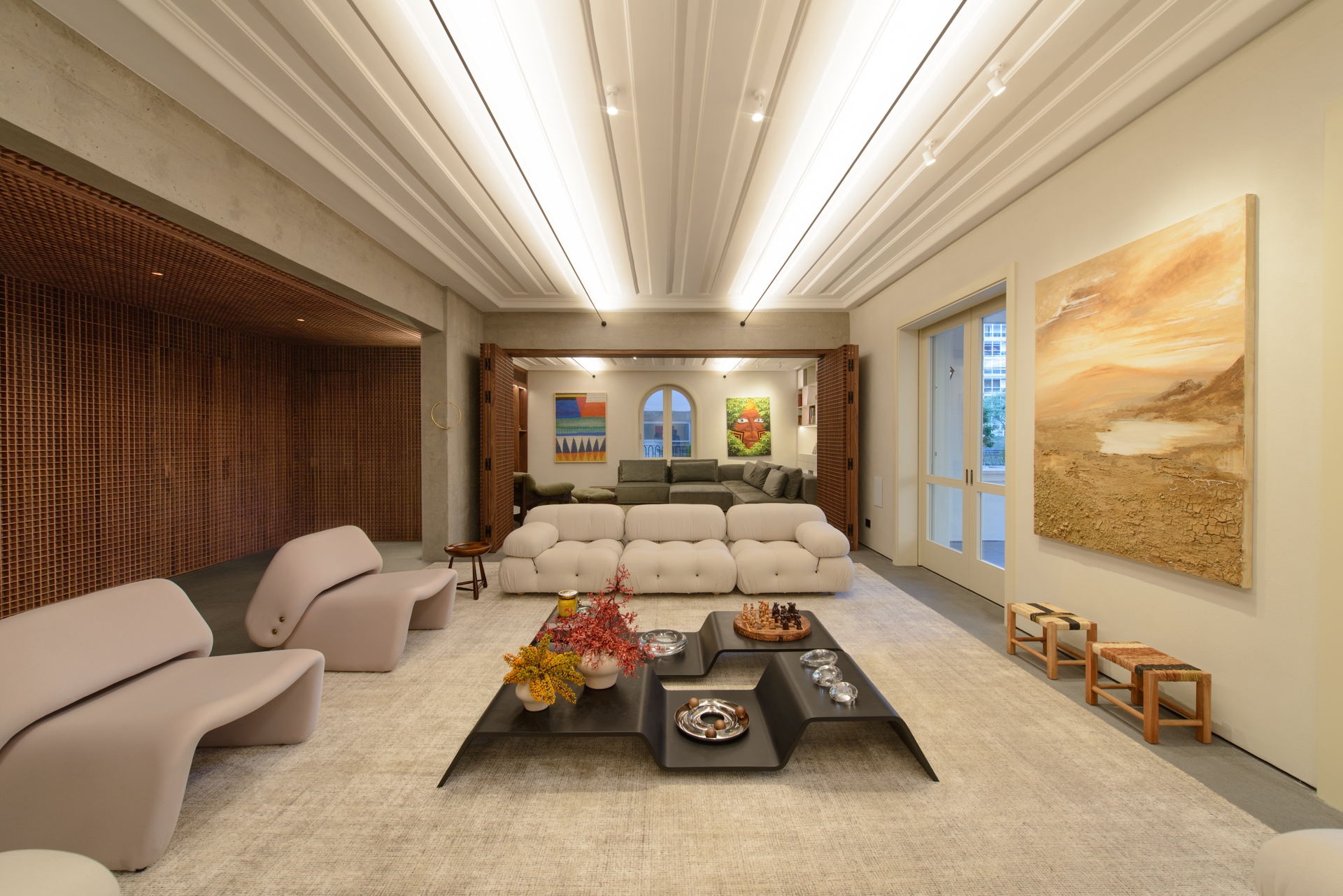Prize(s) Honorable Mentions
Lighting Design/Product Company Welight
Lead Designers Jayme Liande
Architecture Company Luiz Paulo Andrade Arquitetos - LPAA
Client Carol e Carlos Barsotti
Photo Credits Edson Ferreira
Completion Date March 2025
Project Location São Paulo
Entry DescriptionThe lighting design of this private residence treats light as an architectural strategy rather than a complement. Concealed lighting seamlessly embedded within ceilings, wooden grids, and furniture creates an atmosphere where illumination seems to emerge from the architecture itself. A clear hierarchy was defined: diffuse linear light establishes balance, accent light highlights art and raw textures such as concrete and marble, and scenographic layers create immersive ambiences.
Warm tones (2700–3000K) were applied in living areas and bedrooms to enhance comfort and well-being. A complete automation system with dimming control in all rooms allows fully adaptable scenes. In the entrance hall, a simulation of natural light welcomes residents and visitors, creating rhythm and transition from exterior to interior.
Highlights include a wine cellar designed as a gallery, a living room where linear cuts reveal structure and artworks, a bathroom where illuminated ceilings and marble veins create a sensorial experience, and a bedroom with soft perimeter lighting evoking calm and retreat.
Sustainable, high-efficiency LED systems reduce energy consumption while ensuring versatility. The project shows how light reveals textures, enhances well-being, and transforms architecture into lived experience.
Sustainability ApproachSustainability was a guiding principle throughout the project. The lighting design exclusively employs high-efficiency LED technology, ensuring low energy consumption, extended lifespan, and minimal maintenance. A complete home automation system with dimming control in every room allows lighting to operate only at the necessary intensity, significantly reducing energy waste while maximizing flexibility and comfort.
The entrance hall features a natural light simulation, supporting circadian well-being and reducing dependency on artificial lighting during daytime. By enhancing durable, locally sourced materials such as wood and stone, the project further minimizes environmental impact over its lifecycle.
This sustainable approach demonstrates how architectural lighting can go beyond aesthetics, integrating technology, efficiency, and human-centric design to create healthier environments


